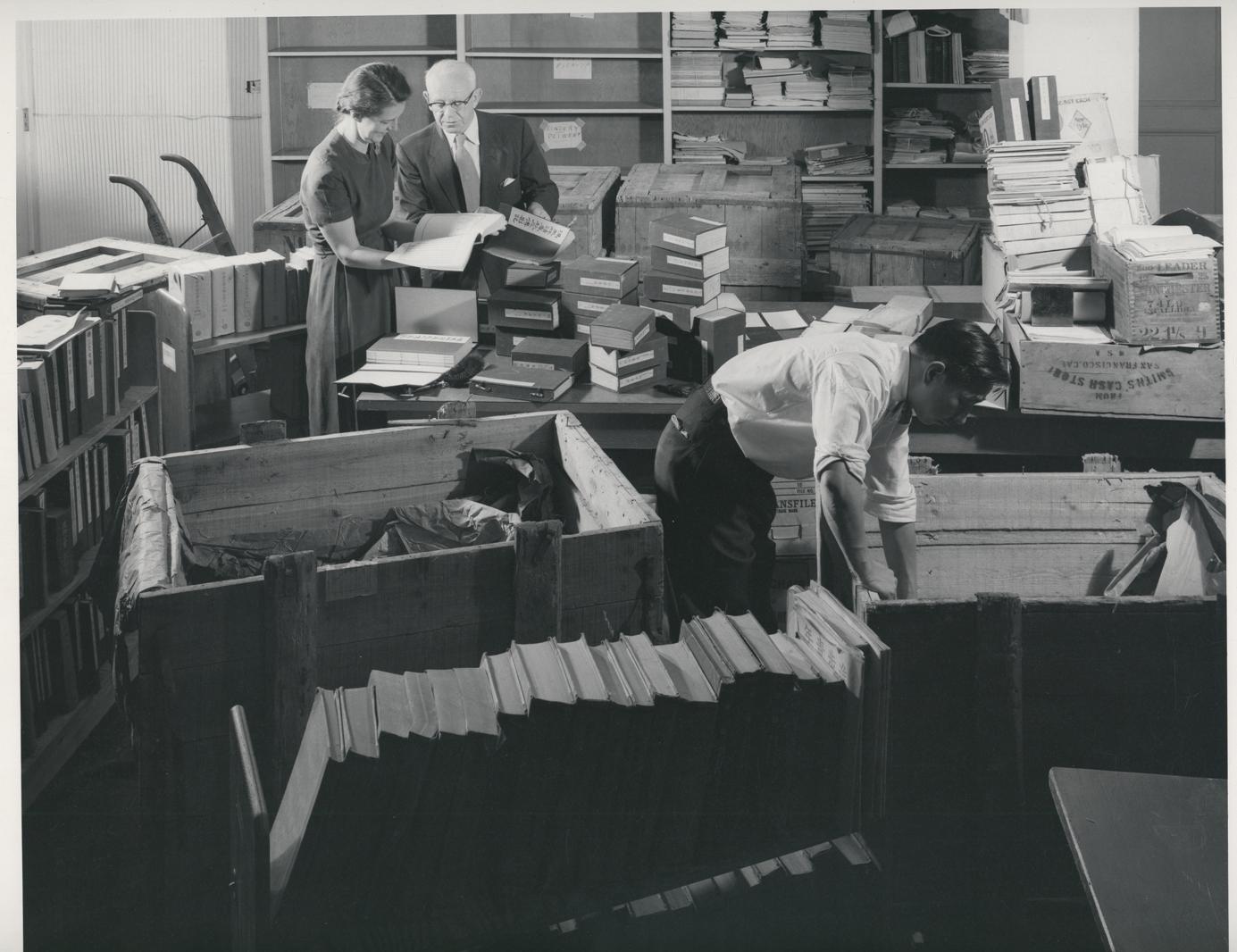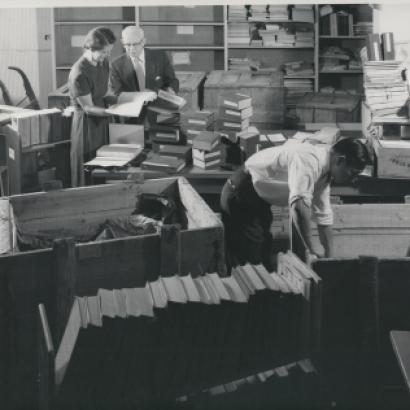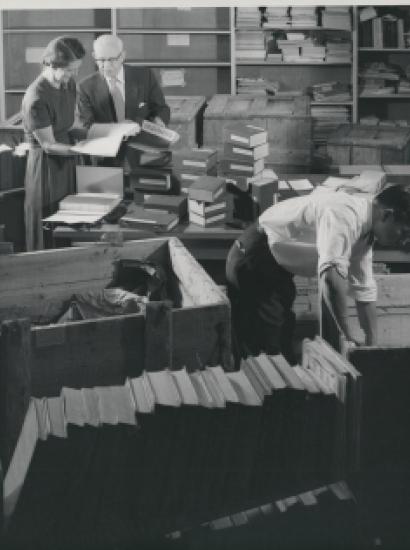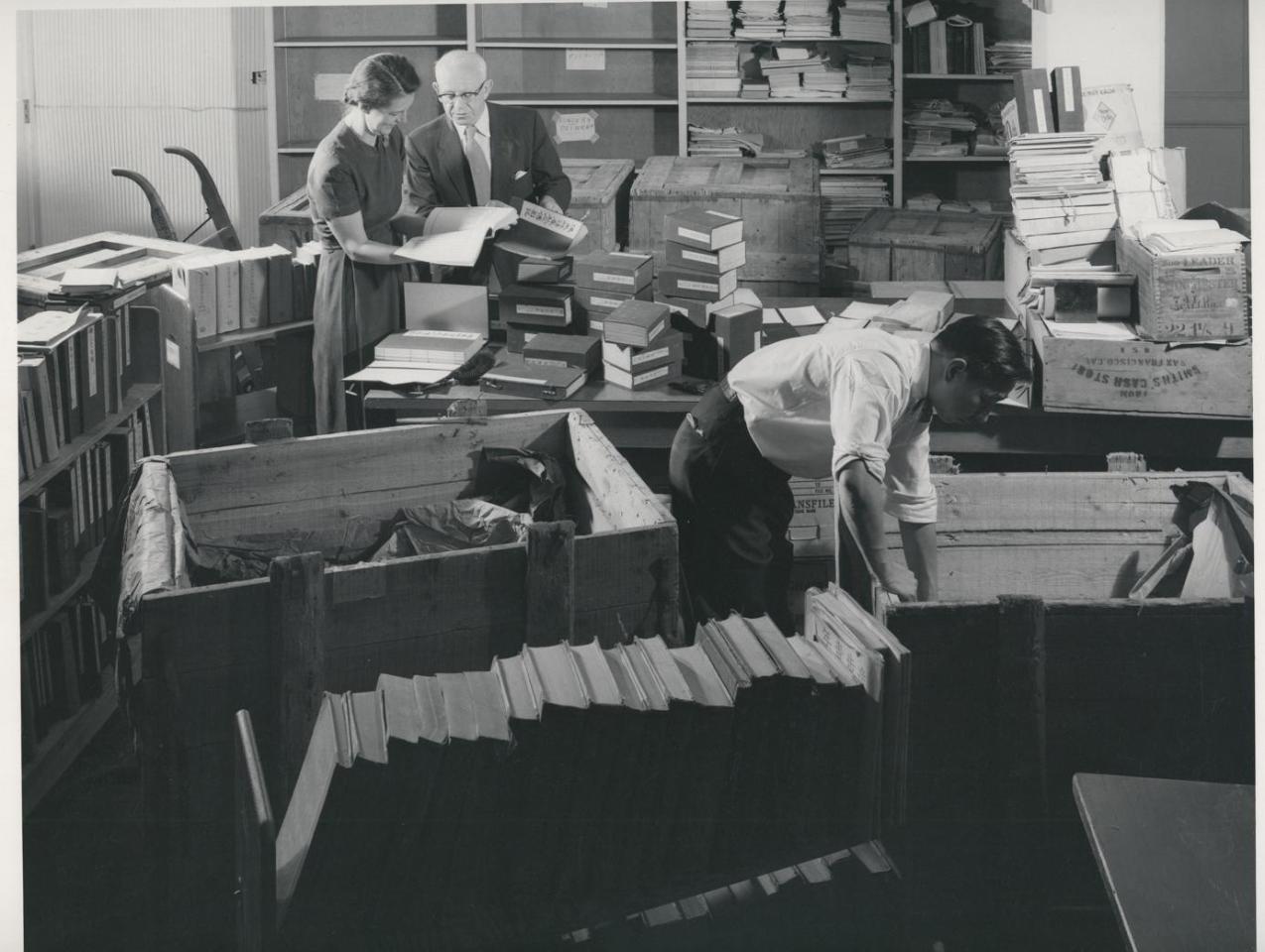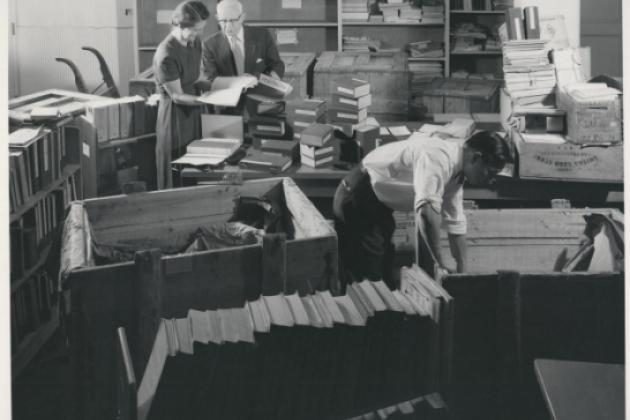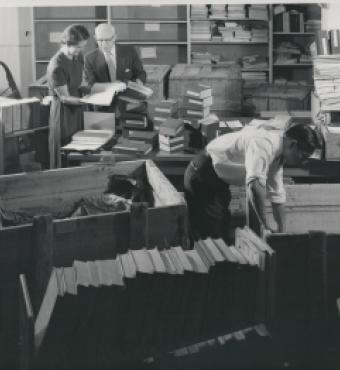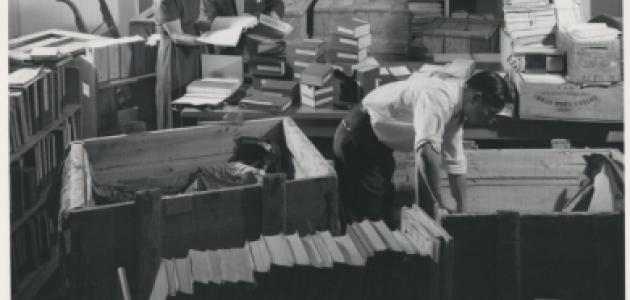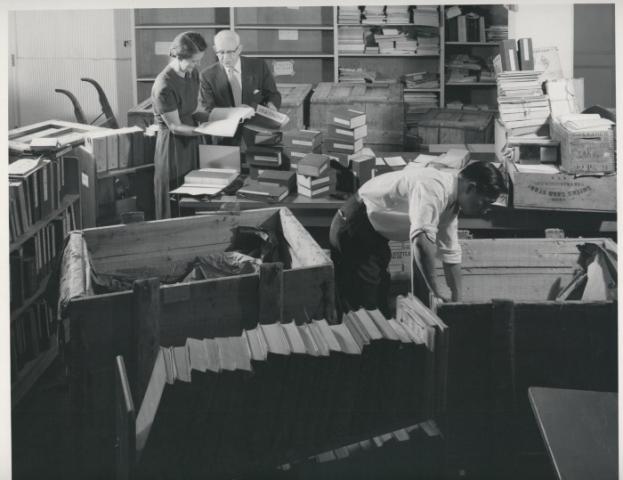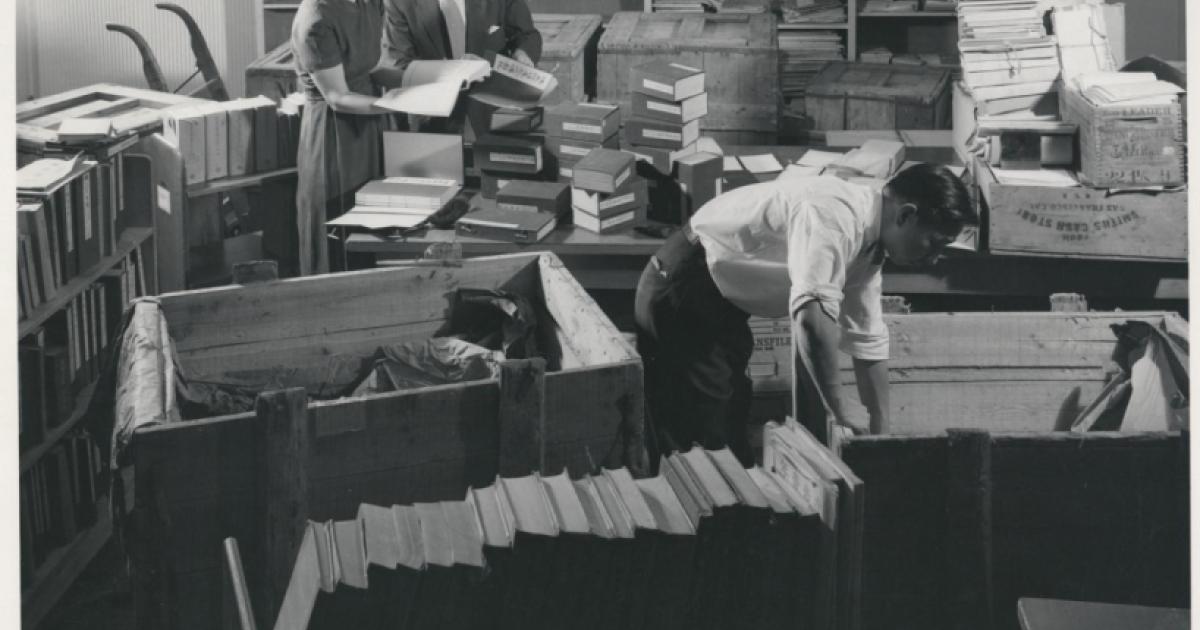
In his 1970s radio addresses, Ronald Reagan often featured a “desk-clearing day,” where he would tackle a few different, smaller issues in one sitting. In the same spirit, here’s a Hoover Archives’ desk-clearing blog.
One of the more pleasing features of the Hoover Tower is our excellent carillon. Last month, I made a recording of it as part of the Free to Choose Network’s tribute to Milton Friedman. If you’ve ever been on campus in the early evening, perhaps you’ve heard the chimes. If not, I suggest clicking that link.
Writing to the audiophiles, recordists, audiophile recordists, and other sound enthusiasts out there, it was really a great experience. I was shocked to learn how relatively quiet these bells are. Posts at a recording forum had me believe they could get as loud as a jet engine. Ours only gets up to around 115 dB! I had planned an elaborate rig where a handful of mics would stick out of windows on the 11th floor, but, no, I could mic the carillon right up in there on the platform (wearing ear plugs, of course) with just a simple X-Y pair. Moreover, the normally blusterous wind decided to stay away while I had microphones up that high, and I was able to get a surprisingly good representation.
For more information about the carillon, please see I Ring Only for Peace by Elena Danielson.
Speaking of the tower, back in 1957, the Hoover Institution produced a radio series entitled Tower of Peace. In it, a host interviewed several notable people from the Hoover and larger Stanford communities to highlight the collections of the Institution and the work done by those studying them. No surprise, lots of important research and many saw the collections as some of the best in the world, whether they be of European, African, Middle Eastern, or East Asian focus. What did surprise me, however, given that this dates from 1957, is how many women were featured, and how prominent of a role they played here at Hoover.
Who were these women? Ruth Perry, curator of the African collection; Mary Wright, curator of the Chinese collection; Agnes Peterson, area associate for Central and Western European collections; Christina Harris, curator of the Middle Eastern collection; Inez Richardson, coordinator for foreign visitors to Stanford University; and Hildegard Behringer, program officer in Stanford's office for foreign visitors.
Finally, working on this collection was not without irony, either. In the introductory program, Herbert Hoover himself spoke of the need to migrate the content of newspapers to microfilm before they deteriorated. I heard him say this from a structurally-deficient acetate tape being digitized before it becomes unplayable itself.






